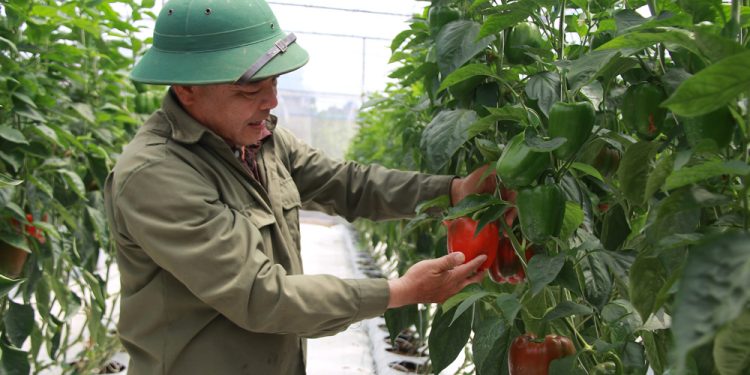Agricultural Efficiency, Greenhouse Cultivation, Chili Peppers, Controlled Environment, Increased Yields, Sustainability, Climate Control, Farming Practices.
Chili peppers are one of the most widely consumed spices across the globe, adding fiery flavors to various cuisines. Cultivating chili peppers traditionally in open fields has been the norm for centuries. However, with advancements in agricultural technology and a growing need for increased efficiency, farmers are now turning to greenhouse cultivation methods to maximize their yields. This article delves into the development and consequences of growing chili peppers in greenhouse environments, shedding light on the potential benefits and challenges associated with this innovative approach.
Greenhouses provide an enclosed and controlled environment, allowing farmers to optimize growing conditions for chili peppers. By utilizing advanced climate control systems, growers can adjust factors such as temperature, humidity, and light to create ideal conditions for chili pepper plants. This level of control enables year-round cultivation, regardless of external weather conditions, ensuring a steady supply of chili peppers throughout the year. Additionally, greenhouse cultivation significantly reduces the risk of pests and diseases, as the closed environment acts as a barrier against external threats.
The development of greenhouse cultivation for chili peppers involves various stages. It begins with selecting the appropriate chili pepper varieties that are well-suited for greenhouse conditions. These varieties should possess characteristics like disease resistance, compact growth, and high yield potential. Next, farmers set up the greenhouse infrastructure, including climate control systems, irrigation mechanisms, and nutrient delivery systems. The careful calibration of these systems ensures that the plants receive the optimum amount of water, nutrients, and light.
The consequences of adopting greenhouse cultivation for chili peppers are manifold. Firstly, farmers experience increased productivity due to the extended growing season and optimized growing conditions. This leads to higher yields and potentially enhanced profitability. Additionally, greenhouse cultivation reduces water usage, as the precise irrigation systems minimize wastage. It also enables more sustainable farming practices by limiting the need for chemical pesticides and fertilizers, thereby promoting environmentally friendly agriculture.
However, there are also challenges associated with greenhouse cultivation. The initial investment required for setting up a greenhouse and installing advanced systems can be significant. Farmers need to carefully analyze the cost-benefit ratio and evaluate the long-term returns on investment. Moreover, greenhouse cultivation demands expertise and knowledge in managing the complex environmental factors within the structure. Regular monitoring and adjustments are necessary to ensure optimal growth and prevent issues such as fungal infections or imbalances in nutrient supply.
The cultivation of chili peppers in greenhouses presents an innovative and promising approach to boost agricultural efficiency. With the ability to create controlled environments, farmers can overcome the limitations of traditional open-field cultivation and achieve year-round production. The benefits of greenhouse cultivation include increased yields, reduced water usage, and a more sustainable farming system. However, careful planning, investment, and expertise are necessary to overcome the challenges associated with this method. As the demand for chili peppers continues to rise, embracing greenhouse cultivation can revolutionize the chili pepper industry, ensuring a consistent and high-quality supply for consumers worldwide.













